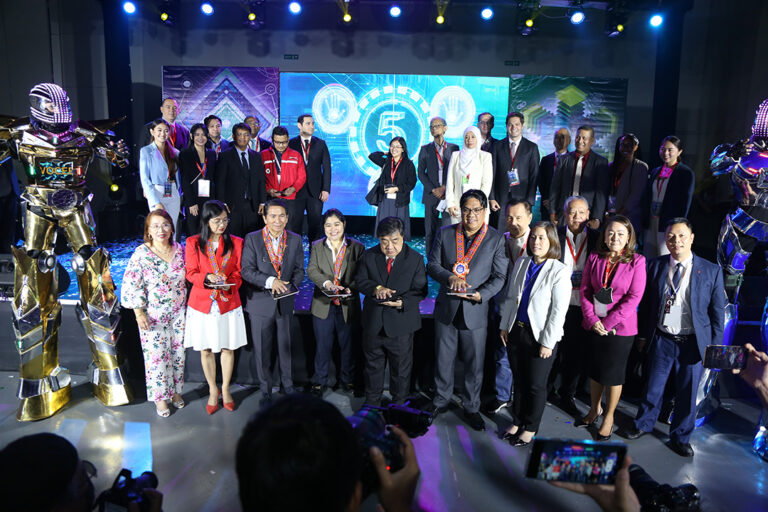By: Samuel Pimping
Playing God—this is the moral predicament of gene editing. Where do we draw the line between actual treatment and mere enhancement? To what extent will we modify human design and say that it is for the true betterment of society?
What are genes and genetic modification?
Genes are the “instruction manual” of how our bodies work. They determine every
feature we possess including our skin color, height, and susceptibility to certain
illnesses. They are hereditary, and since we inherit 50% of the genes from each of our
parents, we share similar features with them since conception.
Genes are segments of deoxyribonucleic acid (DNA), and DNA is the instructions within
the gene that dictate how its characteristics and functions are expressed. Gene editing
refers to the alteration of DNA within the genome, and through this technique, the
biological code is “rewritten.” Depending on what specific DNA sequences are rewritten,
certain traits are changed within the organism.
What makes gene editing so exciting is that it has the potential to treat and completely
prevent diseases. By rewriting or deleting faulty sequences of DNA, specific genetic
diseases such as AIDS, cancer, sickle cell disease, or inherited blindness can be
eradicated. Depending on whether treatment involves somatic (non-inheritable) or
germline (inheritable) gene therapy, the “corrected” genes can be passed down from
generation to generation given its hereditary nature—preventing diseases from even
starting by reducing vulnerabilities due to genetic disorders.
How can genetic modification be done?
What is science without its practical manifestation in the form of technology? In the field
of genetic engineering, the most promising tool on a pedestal today is called
CRISPR–Cas9. CRISPR is short for clustered regularly interspaced short palindromic
repeat, and Cas9 is a special enzyme meaning CRISPR-associated. While it is certainly
a mouthful, CRISPR–Cas9 is a state-of-the-art technique that is currently undergoing
clinical trials in seven treatment areas: blood disorders, cancers, inherited eye disease,
diabetes, infectious disease, inflammatory disease, and protein-folding disorders.
CRISPR–Cas9 as a gene editing tool was invented by two women who won the Nobel
prize in Chemistry for it: Emmanuelle Charpentier and Jennifer Doudna. It works by
inserting nanoparticles into the patient’s bloodstream. Each particle contains a guide
molecule, healthy DNA, and Cas9. The guide molecule helps target the specific
sequences, while the healthy DNA is there to mend mutated genes. Cas9, the
centerpiece of gene editing, is a key protein in the tool because it acts like a pair of
molecular scissors capable of cutting and removing DNA sequences that will then be
replaced with the proper DNA segments.
CRISPR itself, as differentiated from CRISPR–Cas9, is actually the immune system
naturally found within bacteria that protects them against viral infection. It was first
discovered in 1987 within DNA sequences from Escherichia coli bacteria. Whenever the
organism is attacked by invaders, its defense system cuts segments of DNA from the
virus (via Cas proteins) and stores it in their own genome—allowing it to easily defend
itself from the same attackers should they appear again.
This system is similar to recordkeeping in which the invaders are tagged, and whenever
they show up again, their record is revisited to easily deal with them based on prior
encounters. The exploitation of this phenomenon in the field of biotechnology and
genetic engineering is what led to the technique now known as CRISPR–Cas9 (which,
from hereon, will be referred to as simply CRISPR given its popular usage).
What is the catch?
CRISPR is not perfect, and much research still needs to be done. There is the
possibility of either off-target mutations or mosaicism. Off-target edits refer to
unintended genetic modifications that may have significant, unprecedented
consequences if they are not prevented and detected with caution. Mosaicism occurs
when not all cells within the organism successfully carry the edit, resulting in the body
carrying two different genetic lines of cells and making genotype analysis more
complicated particularly for those with chromosomal abnormalities.
Further concern is raised over the hereditary nature of germline gene therapy. If an
undetected mistake occurs within a patient through gene editing, then their future
offspring holds the risk of carrying the same mistake and passing it onto further
descendants until such time that complications arise or detection prevails. For as long
as it is not deemed safe with reasonable certainty yet, genetic engineering for clinical
reproduction purposes is an irrationally risky and unethical procedure.
The Dilemma of Design
The most relevant moral dilemma that surrounds human genetic modification lies in its
true purpose. For as long as it remains to be the means to a noble end with justifiable
benefits, we can categorically say that gene editing is an ethical endeavor. However,
given the rapid progression of medical advancements, we can never determine what the
purpose will turn out to be in the end.
If scientists use it to cure genetic diseases and make it accessible to all classes within
society, then it is an indubitably noble act. But if we were to use it to pick out the exact
genetic traits we desire for our children down to intelligence, height, and skin color, then
are we setting a dangerous precedent in which society becomes bound by the idea of
perfection? This is the slippery slope that some scientists and bioethicists fear. Once we
allow genetic engineering for therapeutic purposes, who is to say that it will not be used
for non-therapeutic and morally questionable intentions?
Designer babies might have seemed ridiculous in the past, but it is now a genuine
concern that may become a real problem in the future. Perfect tots are still a distant reality with the technology today and the premature state of human clinical trials.
Nevertheless, such a dilemma is far from impossible because humans have always had
the innate and unquenchable desire to strive for perfection.
Legal and regulatory issues inevitably stem from questions of morality. Because the
subjects of germline gene therapy are future descendants, how can one be able to
procure the informed consent of individuals who do not even exist yet? Genetic
engineering, to a large extent, is the predetermination of the future of one’s offspring.
How do we tell the difference between enhancing potential progenies and controlling
someone’s fate like some adulterated manifestation of God?
Finally, it is also entirely possible that the accessibility of gene editing may become
limited to the rich and powerful. Such a scenario aggravates the gap between the
wealthy and the poor, and it may even result in setting unrealistic standards where
societal status is determined by genetic superiority. When this happens, genetic
diversity will likely be impaired and the less unfortunate may become unfavored to the
point of social exile.
This kind of future is speculative, but mankind has already witnessed grave examples of
crude genetic engineering in the past. Eugenics, which is an extremely barbaric form of
scientific racism advocated by Hitler during the holocaust, aimed to attain “racial
improvement” through planned breeding. His administration practiced eugenics with the
use of inhumane methods such as the sterilization and segregation of “lesser races”
including the Jews and persons with disabilities.
As much of a scientific breakthrough it is, human genetic engineering is just as
controversial as it is revered. Dr. He Jiankui was imprisoned for three years after
genetically modifying his own twin daughters to become resistant to HIV. He was proud
of his deeds, but his peers deemed the experiment monstrous. Germline gene editing is
highly disfavored and prohibited within the scientific community due to the extreme risks
on human lives. Clinical trials take years for good reason—while complications may not
be immediately apparent, it is possible for them to manifest only after the passage of
extended periods of time. During this latent gap, no one is certain as to what might
happen.
With everything said and done, there is no dispute that genetic engineering is an
outstanding science with the potential to save millions of lives.
Yes, there are many ethical questions that have yet to be answered. But at some point,
gene editing just might become the solution to the many incurable diseases that plague
humanity today.









